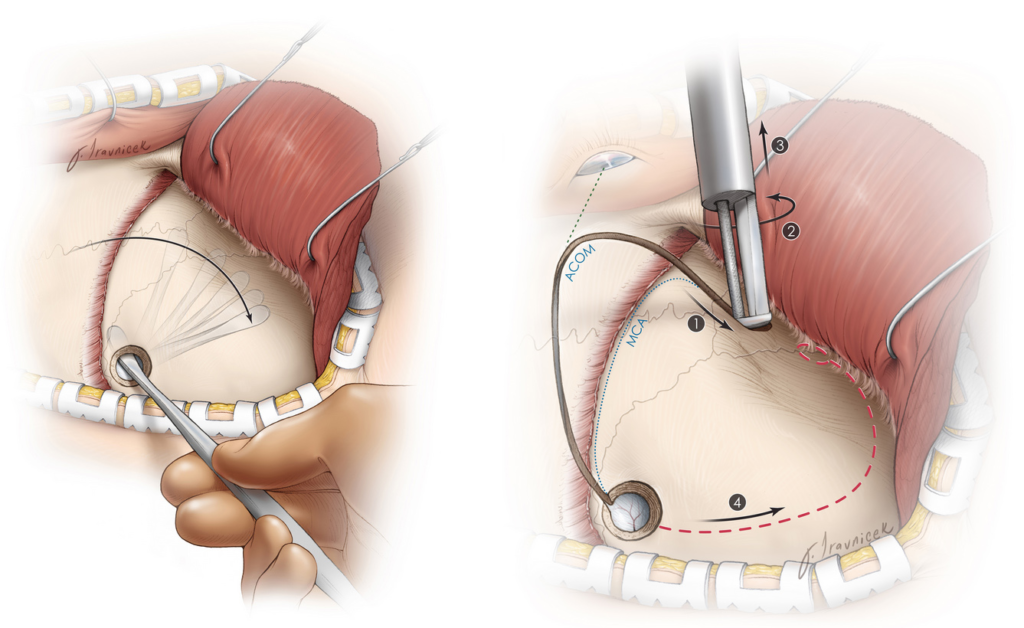Unlocking the Secrets: FDA, Osteoporosis, Menopause, and Bone Health Unveiled
Introduction
Bone health is a crucial aspect of overall well-being, and the Food and Drug Administration (FDA) plays a pivotal role in ensuring the safety and efficacy of products related to bone health. In this article, we will delve into the intricate connection between the FDA, osteoporosis, menopause, and bone health, shedding light on various aspects that impact our skeletal system.

Osteoporosis: A Silent Threat
Osteoporosis, often termed a silent threat, silently weakens bones, making them more prone to fractures. As women enter menopause, hormonal changes contribute to bone loss, making it imperative to address this issue proactively. Understanding the causes and impact of osteoporosis is the first step towards effective prevention and management.
FDA’s Role in Regulating Bone Health Products
The FDA’s responsibility extends to the approval and regulation of supplements aimed at maintaining bone health. We will explore the meticulous approval process and the measures in place to ensure the safety and efficacy of these products, providing consumers with reliable options for bone support.
Understanding Bone Density and Porosity
Delving into the science behind bone health, we will discuss key concepts such as bone density and porosity. Age-related conditions affecting bone density will be explored, shedding light on the importance of early detection and preventive measures.

Treatment Options for Osteoporosis
Percutaneous vertebroplasty, a treatment option gaining popularity, will be discussed alongside recommendations for the best calcium supplements. This section aims to provide insights into available treatments, empowering readers to make informed decisions regarding their bone health.
Conditions Related to Bone Loss
Beyond osteoporosis, we’ll explore conditions like jaw bone loss and congenital defects, offering a comprehensive understanding of the diverse challenges individuals may face concerning bone health.
Degenerative Disorders and Spinal Health
Highlighting disorders involving vertebrae and the impact of bone loss in space, we’ll discuss degenerative disorders affecting spinal health. This section aims to increase awareness of conditions that can compromise the integrity of the spine.
Healing Process and Fractured Bones
Examining the healing process of fractured bones, we’ll explore the bulging deposits that form around fractures. Additionally, we’ll delve into how osteoporosis weakens bones, leading to increased fracture risks and the importance of post-fracture care.
Bone Growth and Development
Understanding the growth of bones in diameter and the factors influencing this process is crucial. We’ll explore why adequate growth is essential for maintaining strong and healthy bones throughout life.
Multicultural Perspectives on Bone Health
Taking a global perspective, we’ll touch upon the term “骨 质 疏松” and its significance in a multicultural context. Cultural practices that contribute to or hinder bone health will be discussed, emphasizing the need for culturally sensitive healthcare approaches.

Neurosurgery and Bone Access
In certain medical situations, access to the brain or relief of intracranial pressure requires neurosurgical procedures. We’ll explore the relevance of such procedures in ensuring overall health and well-being.
Case Studies and Success Stories
Real-life experiences of individuals overcoming bone health challenges will be shared, providing inspiration and practical insights into managing and improving bone health.
Frequently Asked Questions (FAQs)
- What are the common causes of osteoporosis?
- Osteoporosis can result from factors such as aging, hormonal changes, and a lack of calcium and vitamin D.
- How does menopause impact bone health?
- Menopause leads to a decrease in estrogen levels, contributing to bone loss and an increased risk of fractures.
- Are calcium supplements safe for long-term use?
- When taken as recommended, calcium supplements are generally safe. Consult with a healthcare professional for personalized advice.
- What is percutaneous vertebroplasty, and how does it work?
- Percutaneous vertebroplasty is a minimally invasive procedure involving the injection of bone cement into fractured vertebrae to provide stability and pain relief.
- Can congenital defects be identified and treated early?
- Some congenital bone defects can be identified early through medical imaging, allowing for timely intervention and management.
Conclusion
In conclusion, prioritizing bone health is essential for a fulfilling and active life. By understanding the interplay between the FDA, osteoporosis, menopause, and overall bone health, individuals can take proactive steps to ensure the longevity and strength of their skeletal system.
What You Need To Know
- Regular exercise, a balanced diet, and adequate calcium intake are crucial for maintaining bone health.
- Consult with healthcare professionals for personalized advice on bone health management.
- Early detection of bone-related conditions can significantly improve treatment outcomes.





